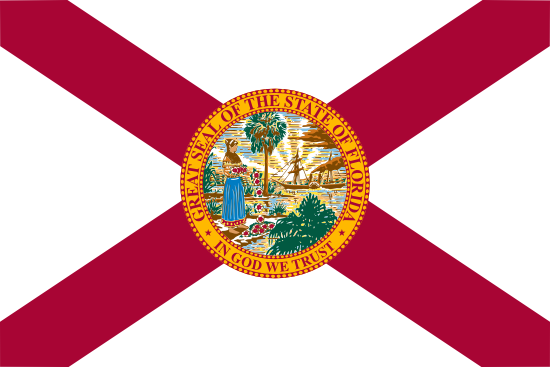
Pensacola
- County:
- Escambia County
- County Seat:
- Yes
- Area (mi²):
- 22.769
- State:
- Florida
Pensacola is a city located in Escambia County, Florida. Pensacola has a 2025 population of 53,898 . It is also the county seat of Escambia County . Pensacola is currently growing at a rate of 0.11% annually but its population has decreased by -1.07% since the most recent census, which recorded a population of 54,481 in 2020.
The median household income in Pensacola is $72,699 with a poverty rate of 12.35%. The median age in Pensacola is 40.8 years: 37 years for males, and 44.9 years for females. For every 100 females there are 93.7 males.